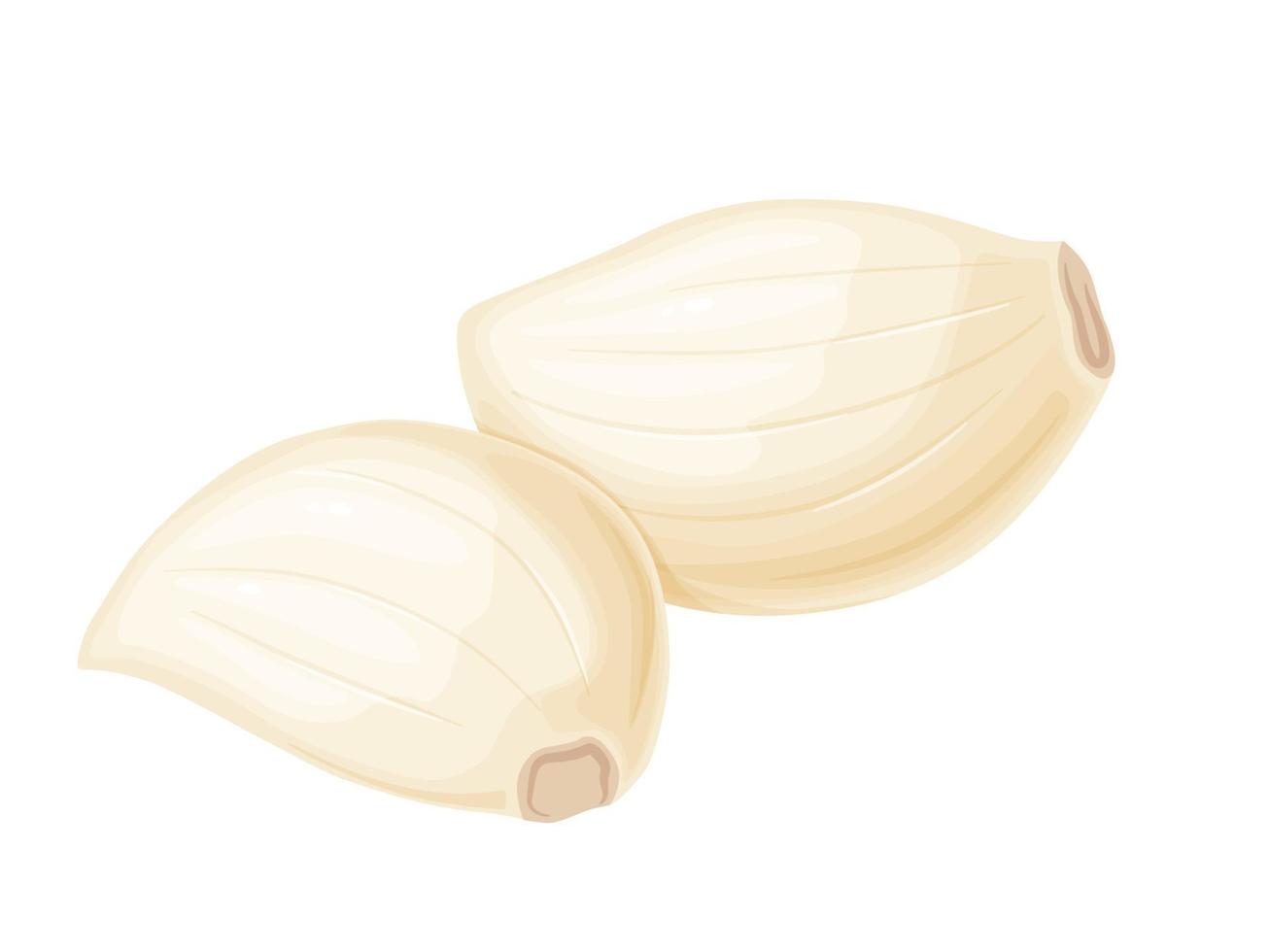From Garden to Kitchen Area: The Ultimate Garlic Growing and Food Preparation Overview for Home Cooks
Garlic, with its poignant scent and durable flavor, is a staple component in kitchens worldwide. Beyond its cooking prowess, expanding garlic in the house can be a fulfilling experience that offers a myriad of benefits. Whether you are an experienced gardener or a novice chef aiming to elevate your dishes, understanding the subtleties of growing and cooking with garlic can substantially boost your cooking repertoire. In this guide, we will certainly discover the detailed trip from planting a solitary clove in your yard to transforming it into mouth-watering dishes in your kitchen area.

Benefits of Growing Your Own Garlic
Expanding your own garlic guarantees a fresh and savory supply of this versatile component right at your fingertips. Additionally, cultivating garlic enables you to have a steady and natural source of this necessary active ingredient, free from damaging chemicals or chemical ingredients that are sometimes existing in readily expanded fruit and vegetables.
By growing your own garlic, you likewise have the opportunity to discover different selections and flavors that may not be conveniently offered in supermarkets, boosting your cooking experiences and enabling for trial and error in the kitchen. Generally, the advantages of growing your very own garlic prolong past comfort and taste, offering a satisfying and improving experience for any home garden enthusiast.
Selecting the Right Garlic Varieties
Choosing suitable garlic selections is critical for effective growing and savory cooking creations. When choosing garlic ranges for your yard, think about both hardneck and softneck types. Hardneck garlic selections, such as Rocambole and Porcelain, are recognized for their complicated tastes and are appropriate for regions with colder environments. They generate scapes, which are edible curly blossom stems, offering an additional culinary pleasure. Softneck garlic varieties, like Artichoke and Silverskin, are better matched for milder environments and have a longer service life compared to hardneck selections. These varieties are commonly favored for braiding because of their flexible stems. In addition, consider the size of the garlic bulbs you prefer, as some ranges produce bigger light bulbs than others. Whether you delight in the strong, durable taste of hardneck garlic or the milder taste of softneck garlic, selecting the ideal garlic varieties will certainly boost your dishes and ensure an effective harvest from your garden to your cooking area.
Step-by-Step Overview to Growing Garlic
Growing garlic calls for mindful factor to consider of timing, soil conditions, and appropriate methods to guarantee an effective plant. To start, pick a planting website with well-draining soil and full sun direct exposure. It's important to grow garlic cloves in the fall, commonly a couple of weeks before the ground ices up.
Beginning by breaking apart the garlic light bulb into specific cloves, ensuring they are solid and disease-free. Plant the cloves root-end down and pointed-end up, concerning 2 inches deep and 4-6 inches apart in rows spaced 12 inches apart for correct development.
Cover the grown cloves with soil and mulch to safeguard them from harsh winter temperature levels. Throughout the wintertime, the garlic will develop origins. Come springtime, environment-friendly shoots will arise, showing successful growth.
Frequently water the garlic, guaranteeing the dirt stays continually moist but not saturated. Remove any kind of weeds that may try these out take on the garlic for nutrients and space. With appropriate treatment and focus, your garlic will certainly mature and await harvest in late spring or early summer season.

Harvesting and Storage Garlic
Upon getting to maturity, harvesting garlic at the right time and proper storage are important steps to preserve its flavor and high quality. Garlic is prepared for harvest when the lower leaves begin to turn yellow and completely dry, typically around mid-summer to early fall, depending on the selection.
Store garlic bulbs in a cool, dark area with great air circulation to prevent growing and mold growth. When saved properly, garlic can last for several months, giving you with delicious cloves for your culinary productions.
Mouthwatering Garlic Recipes
Discovering the culinary versatility of garlic opens a world of savory possibilities in various recipes and foods. One classic dish that showcases the poignant flavor of garlic is typical Aglio e Olio pasta. This simple yet elegant meal features garlic gently sautéed in olive oil, tossed with al dente pastas, and do with a spray of red pepper flakes and fresh parsley.
For a heartier option, take into consideration preparing a garlic-infused roast poultry (Garlic paste). Stuffing the dental caries of the bird with whole garlic cloves prior to roasting enables the garlic to penetrate the meat, leading to juicy, flavorful poultry that sets completely with baked vegetables

These mouthwatering garlic dishes are simply a index glance of the limitless cooking possibilities that this aromatic light bulb uses to home cooks wanting to elevate their dishes with abundant, full-flavored flavors. - Garlic clove
Conclusion
Finally, expanding garlic in the house can supply various advantages such as quality, taste, and fulfillment. By choosing the right selections, complying with proper growing methods, and harvesting and saving garlic properly, home cooks can appreciate a plentiful supply of this functional component. With mouthwatering recipes to check out, integrating native garlic right into day-to-day food preparation can elevate dishes to new levels of deliciousness. So begin your garlic garden today and experience this hyperlink the pleasures of farm-to-table food preparation firsthand.